From celebrating the richness of Caribbean culture to reckoning with the past, these museums offer a unique take on the region’s heritage.
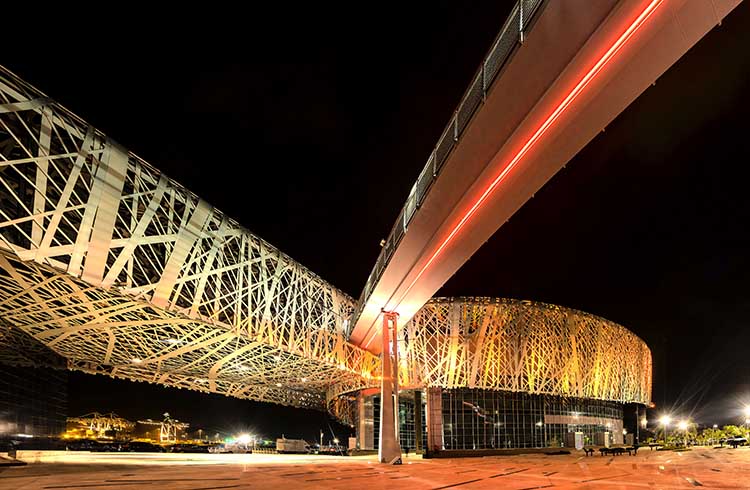 Photo © Courtesy Memorial ACTe and G. Aricique
Photo © Courtesy Memorial ACTe and G. Aricique
- Memorial ACTe Museum, Guadeloupe
- Mikve Israel-Emanuel Synagogue and Jewish Museum, Curaçao
- Heritage Museum of Carriacou, Grenada
- Listen to the World Nomads Podcast: Caribbean
Memorial ACTe Museum, Guadeloupe
Every now and again, you go somewhere that changes you and your world view. The Memorial ACTe museum in Pointe-a-Pitre, Guadeloupe, is such a place. Long after my visit, the memory is as fresh as the day I visited.
It’s the largest museum on the planet dedicated to the history of the African slave trade and slavery from the early 17th century to the present. The 77,000ft2 (7,154m2) complex, which opened in 2015 on the site of the former Darboussier sugar factory, is an architectural wonder. The black box housing the permanent exhibition visually represents a treasure house of knowledge. The tiny quartz specks in the black granite honor millions of victims of the slave trade and slavery. The silver latticework symbolizes new, intertwined beginnings.
You could spend days in this museum, which was awarded the 2017 Museum Prize by the Council of Europe for its major contribution to the knowledge of European cultural history. It’s part of UNESCO’s Slave Route Project, the global initiative to promote the healing and harmony of people through the shared legacy of slavery.
As fascinating as the façade is, the works inside are powerful and soul-stirring. I saw the replica of a slave ship stuffed with hundreds of people side by side. I lifted a chain – once around someone’s neck – that was so heavy it pulled my hand downward. It made my heart sink, and brought tears to my eyes. As I walked around the exhibits, reflecting years of oppression, I felt uncomfortable and disturbed. I had never reacted to a museum this way. However, the emotions I felt were cleansing; when truth is acknowledged, there is peace. - Sheryl Nance-Nash
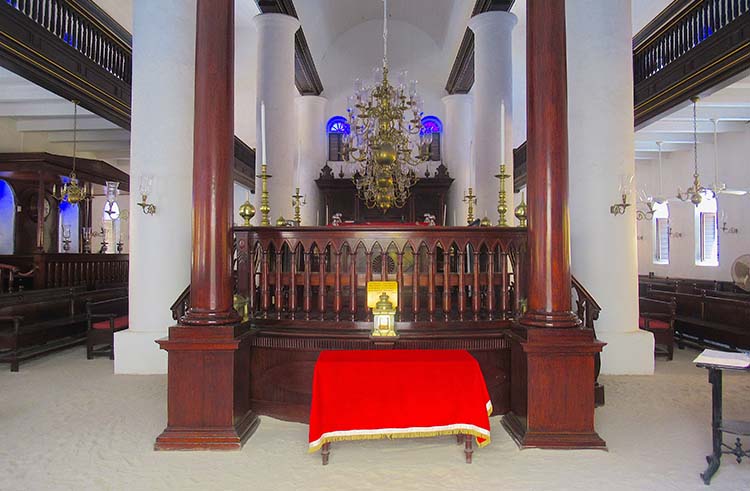
Mikve Israel-Emanuel Synagogue and Jewish Museum, Curaçao
A Dutch territory 40mi (65km) north of Venezuela, Curaçao’s appeal to Jewish travelers is that of a fabulous island escape with substance – a rich Jewish history dating to 1651. That history is readily brought to life within Mikve Israel-Emanuel Synagogue, the oldest continuously operating congregation in the Western Hemisphere, and adjoining Curaçao Jewish Museum.
Together, they’re the heart and soul of the island’s small-but-active Jewish community. The sandy floor and simple-but-elegant baroque interiors serve as constant reminders of how a small group of Sephardic-Portuguese Jewish merchants escaped the Spanish and Portuguese Inquisition in the 16th and 17th centuries and contributed to Curaçao’s cultural and economic growth.
On my first trip, in 2010, I arrived just in time for Friday night Shabbat services. Afterwards, the rabbi introduced my group to the welcoming, multicultural congregants. He dispelled the popular myth about the temple’s sand-covered floor, chuckling at the romantic notion of having sand brought in from the Sinai Desert. Its actual purpose was to muffle footsteps and praying to avoid detection from Spanish invaders or pirates – a legitimate concern when the synagogue was consecrated in 1732.
In 2010, the museum had a modest but nicely arranged assortment of Jewish artifacts providing a general overview of Jewish life, traditions, and holidays. Nearly a decade later, it’s been extensively refurbished. A detailed timeline at its entrance puts the island’s Jewish history in context with general world history, while artifacts from long-established Sephardic and Ashkenazi families humanize the Jewish role in Curaçao society.
On my second visit, in 2019, my close friend Renee said that she felt at home here in a way she hasn’t in other Jewish communities. When sharing family names and stories from her Sephardic-Caribbean family tree, the congregants responded in kind with details of their mixed Jewish heritages. Conversations like these, over challah and coffee, say as much about Curaçao’s collective pride and Jewish culture as the museum does. - Elyse Glickman
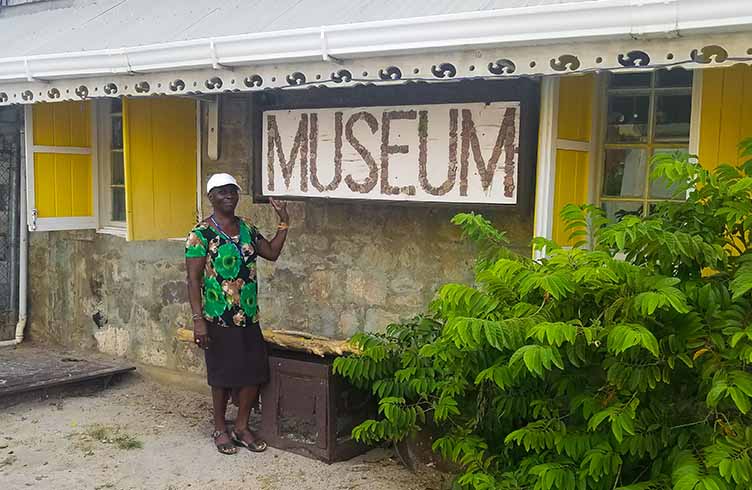
Heritage Museum of Carriacou, Grenada
The beautiful island of Carriacou, one of seven that makes up the nation of Grenada, takes some effort to get to. But it’s worth the 90-minute ferry ride from the capital, St. George’s, when you discover gems like the Heritage Museum of Carriacou.
We stumbled upon this museum one afternoon while poking around in Hillsborough, Carriacou’s tiny main town. Located in what we were told is the world's second-oldest cotton gin, it's a cluttered little museum, but amidst the disarray, you can appreciate the colorful music, clothing, and history of the people of Carriacou.
While angling for a closer look at a big drum used in the Maroon Festival, celebrating the island’s indigenous culture, I literally stumbled on what, at first, looks like an old log. Some years earlier, a local man found this “log” buried in the sand on Mount Pleasant Beach. As he dug it up, he realized it was a canoe made from a gum tree from the Orinoco River Basin in Venezuela. The interior had been burned and carved with a stone axe. No one knows who made it or how long it had been buried in the sand.
Upstairs, we found a collection of folk art by Canute Caliste, a self-taught artist whose works are in museums around the world, including the Smithsonian.
Caliste, who died in 2005, was also a master fiddler and boat builder who fathered 22 children. One of those is Clamencia Alexander, who manages the museum. Each month, she showcases a fresh selection of her father’s work from her personal collection, which is the world’s largest of Caliste’s work.
My husband, an art major, loved Caliste’s colorful simplicity in capturing the spirit of Carriacou, and we thanked our good fortune to happen upon this charming little museum in this out-of-the-way destination. - Diana Lambdin Meyer
Listen to the World Nomads Podcast: Caribbean
Learn about safety in Jamaica, bomba dancing in Puerto Rico, the hidden Dominican Republic, and more.
Related articles
Simple and flexible travel insurance
You can buy at home or while traveling, and claim online from anywhere in the world. With 150+ adventure activities covered and 24/7 emergency assistance.
Get a quote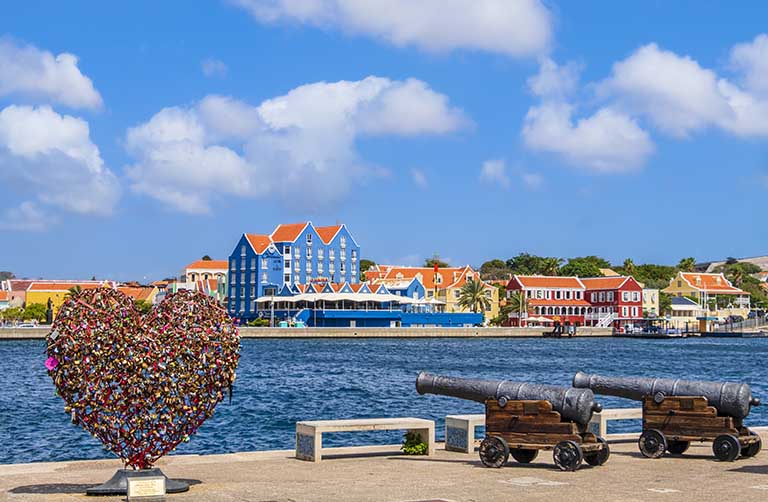
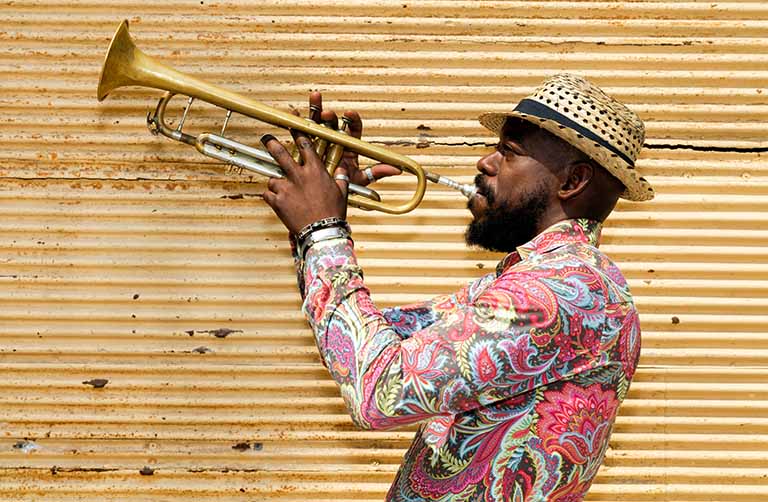
No Comments